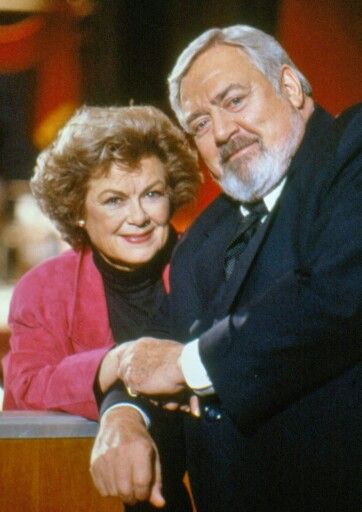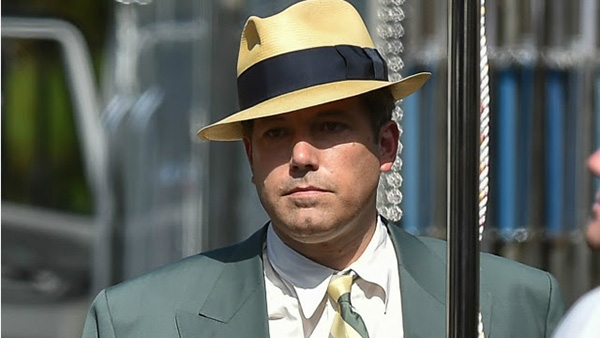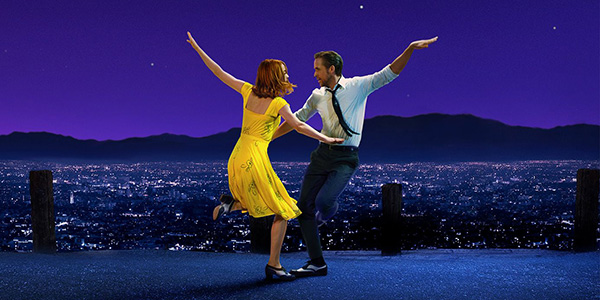Thanks to all of you who responded warmly to my update last week about the recently published “new and expanded” Road to Perdition prose novel. The sequel, Road to Purgatory, has just been reprinted by Brash Books in a uniform edition, and Road to Paradise will follow later this year or early next.
So, with your patience, I’ll talk a little about how Road to Purgatory came about, and the challenges involved.
The original graphic novel concept of Road to Perdition was developed for DC Comics editor Andy Helfer. Initially the plan was to do three 300-page graphic novels, each serialized in 100-page installments (the final book as published is in 100-page sections), for an epic 900 pages. I had been in part inspired by the great manga, Lone Wolf and Cub, and the epic nature of that work was something to aspire to.
Andy Helfer and I, however, had not come to terms with what the next two 300-page installments would be. I wanted to keep the father and son outlaws on the road for the full 900-pages, with various adventures not unlike the format of the classic TV series, The Fugitive. Andy had another idea – he thought I should do a generational saga, with Michael Jr. growing up in the middle section, and either aging him further in the final section or following another generation of O’Sullivans into a world of crime and vengeance and (maybe) redemption.
The more I mentally chewed on it, the more Andy’s notion made sense. I still liked my idea, and greedily thought about doing both – a long road saga with Michael O’Sullivan Sr. and son, and a generational saga that grew out of it.
This all became a moot point when DC’s Paradox Press line, designed to do noir graphic novels, sputtered to a premature death. Road to Perdition was the last graphic novel Paradox Press published, so any follow-ups seem unlikely.
Of course Richard and Dean Zanuck deciding to make a movie out of Road to Perdition was even more unlikely, and yet it happened.
With the movie in production, and having written the novelization (even if it was published in a truncated form…until just lately), I thought writing prose sequels, as opposed to graphic novel ones, made the most sense.
Why didn’t I write another graphic novel? Actually, I did – Road to Perdition 2: On the Road (from DC) played out my idea of showing the father and son on the road having adventures while fleeing the wrath of the Chicago mob.
But the generational saga, it seemed to me, would be better served by prose. Also, I was in the position of being primarily a prose writer of crime and mystery fiction, and suddenly the most famous thing I’d ever written was a comic book. I wanted to bring a wider audience to what I do most often: prose novels, where the readers have to provide the pictures in their heads.
Also, I knew I could get a prose sequel (Road to Purgatory) into the marketplace sooner – striking while the iron is hot – rather than go through the longer process of creating a graphic novel. My great collaborator, Richard Piers Rayner, had taken over four years to draw the 300 pages of Road to Perdition.
Another challenge was what to do about the differences between the film version of Perdition and the original graphic novel. I could only write a sequel to the latter – any changes Hollywood had made belonged to them, and anyway, I preferred my own version. The two major changes were the dramatic killing off of John Looney (Rooney in the film) and the inability of Michael Jr. to kill the man who had shot his father. In my world, John Looney didn’t die until many years later (since he was an historical figure and I like to stay true to history) and Michael Jr. indeed shot his father’s killer. His redemption came, not from his dying father doing the killing for him, but many years later.
I dance around this in the novel – I even do some dancing in my Perdition prose novel, which suggests that maybe Michael Jr. did shoot his father’s killer. In my novel Road to Purgatory I own up to that, but suggest that others have assumed the father did the killing. And I don’t mention the real circumstances of John Looney’s death.
That way someone who comes to the three prose novels will not experience jarring differences between the first and second book.
As some of you know, there is also a graphic novel called Return to Perdition, drawn by my longtime Ms. Tree partner, Terry Beatty. This indeed pays off editor Andy Helfer’s generational saga notion by following the story of Michael Jr.’s son in Vietnam and beyond. Some have suggested that I might write a prose version of that story – which I view as a kind of coda to the three prose novels – but it’s unlikely.
Why in doing the last chapter of the saga did I return to the original graphic novel form? Simple. I pitched it to the publisher of the two prose sequels and they weren’t interested. But DC Comics was. So it became a graphic novel.
It isn’t always about “what’s the ideal way to tell the story.” It’s often, who will pay me money to tell the story? That’s why I have gone out of my way to master, as best I can, not only the novel form but comics and movies and for that matter TV. More bites at the apple.
Working in the arts fulltime requires a grasp of reality. For example, I had proposals written for both Road to Purgatory and ROAD TO PARADISE, but did not submit them to a publisher until the movie had come out. In fact, I had to wait to see if the movie opened big before my agent would even contemplate approaching a publisher. When Road to Perdition had a hugely successful opening weekend, we submitted to multiple houses and had an auction with numerous offers. A week before we would have been lucky to get any offer. Reality.
One key thing I failed to mention last week about The New and Expanded Road to Perdition. It’s a simple fact about movie novelizations that seldom gets discussed: when a writer does a novelization of a film, he or she works from the screenplay and almost never has access to anything else. Sometimes some stills from the set are provided, but the writer never sees the movie before writing the novel.
I admit to being proud of myself when I re-read the complete novelization, in getting it prepared to finally be published by Brash Books. The novel really captures the film…and I hadn’t seen it! I “directed” from the screenplay something very similar to the film version that Sam Mendes directed. That alone makes the Perdition prose novel my proudest achievement in the movie tie-in field…particularly now that you can read it!
Road to Purgatory is available right now from Amazon, Barnes & Noble, BAM! and the usual suspects. Your favorite independent bookstore can also order it for you, if you would care to support them, which is a good idea.
The positive reviews on the Quarry Blu-ray keep coming in. Here’s one.
And this one includes a shot at winning the DVD set. [Note from Nate: Contest is for UK residents only.]
Same opportunity here. [Note from Nate: For UK residents only. Also, might be Blu-Ray? Not sure.]
M.A.C.










